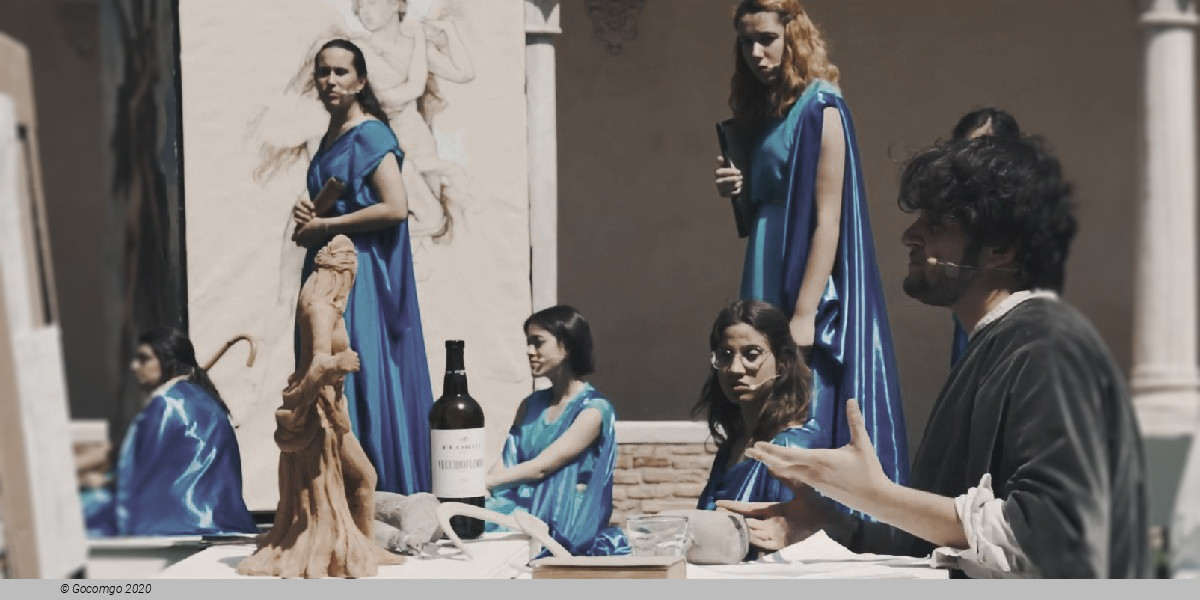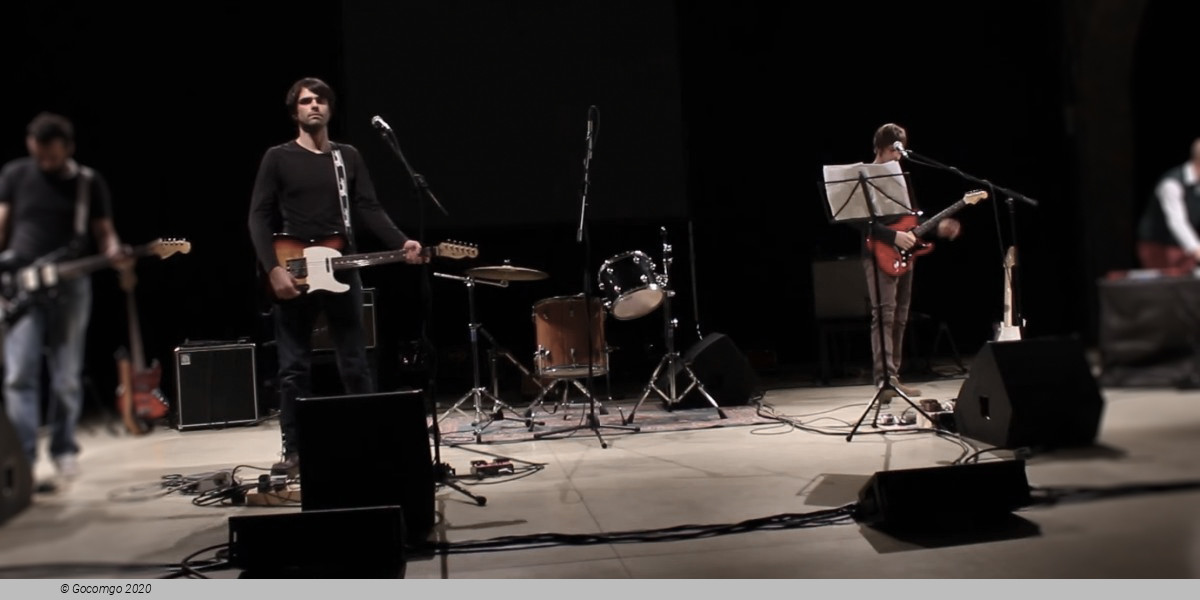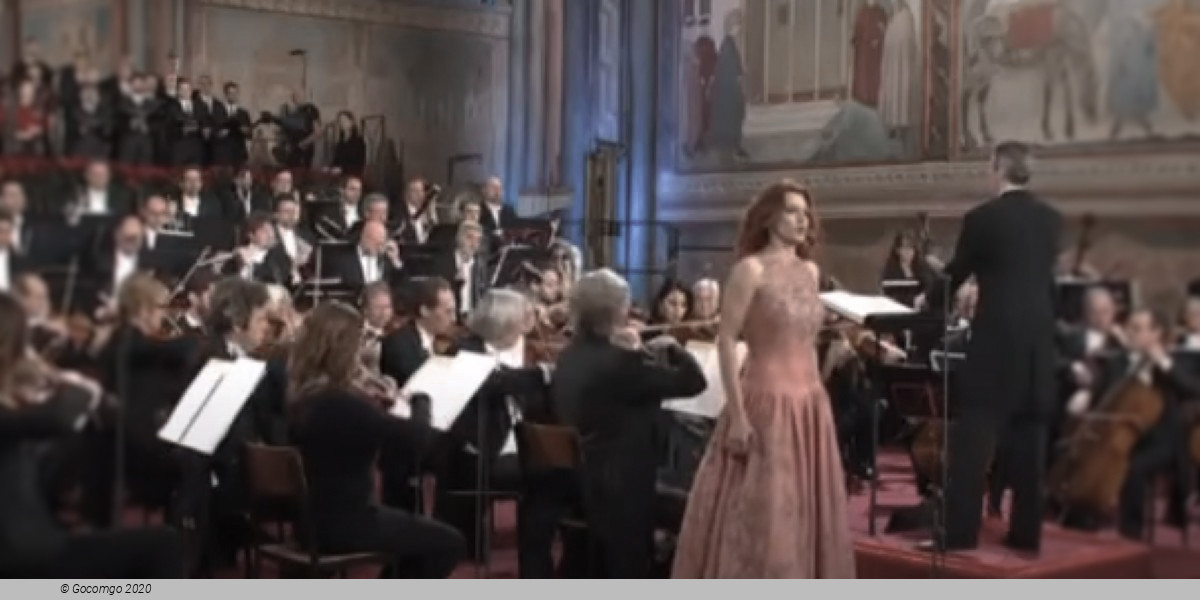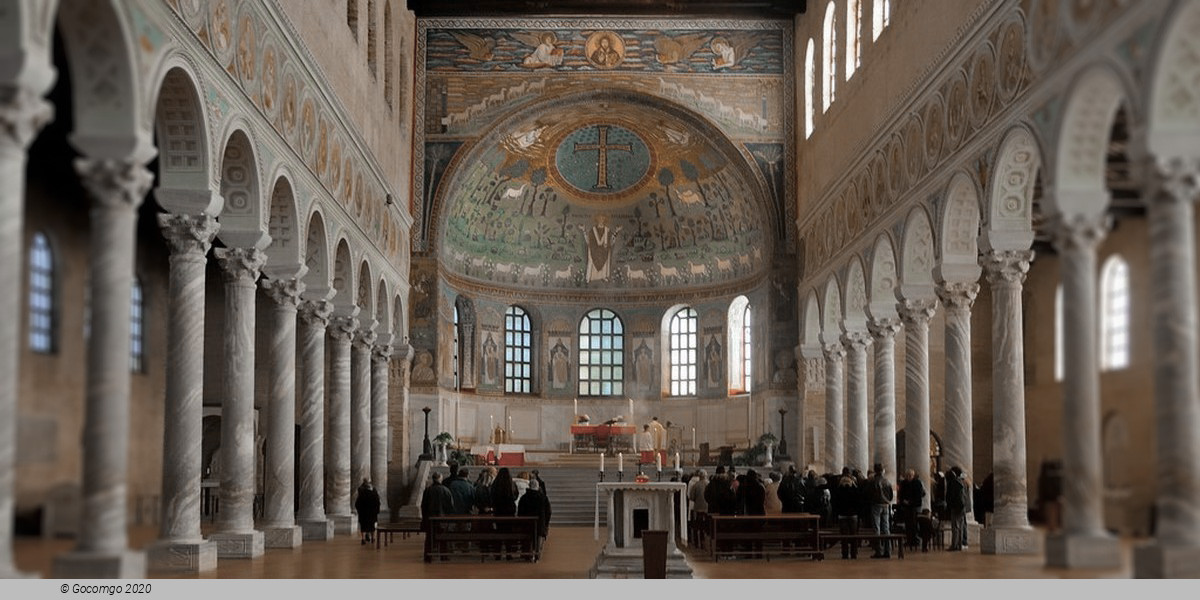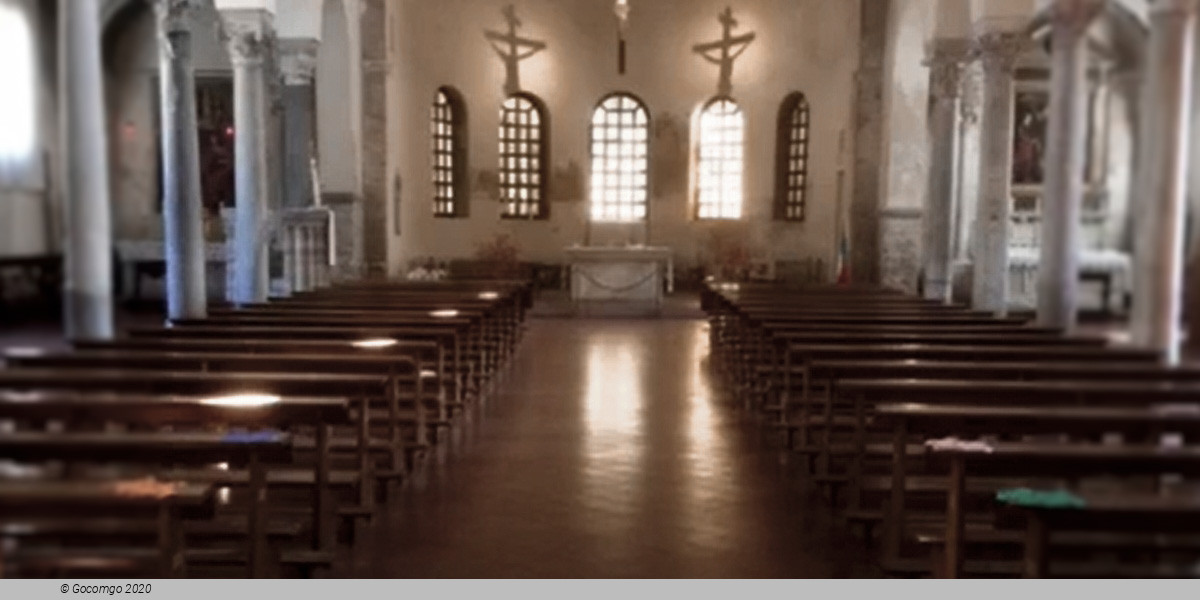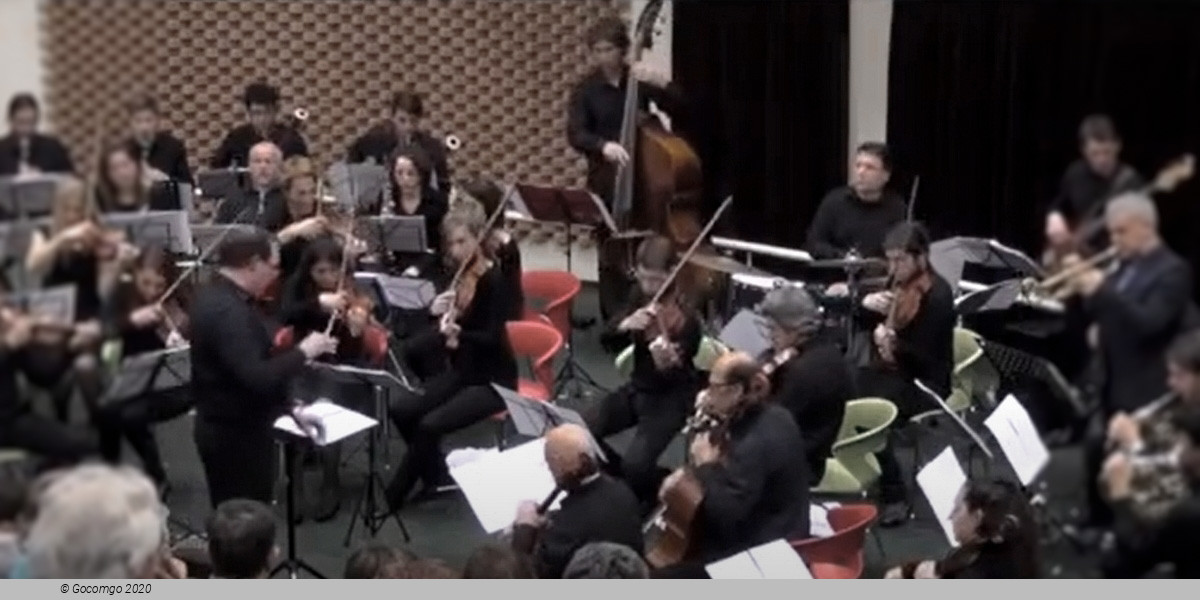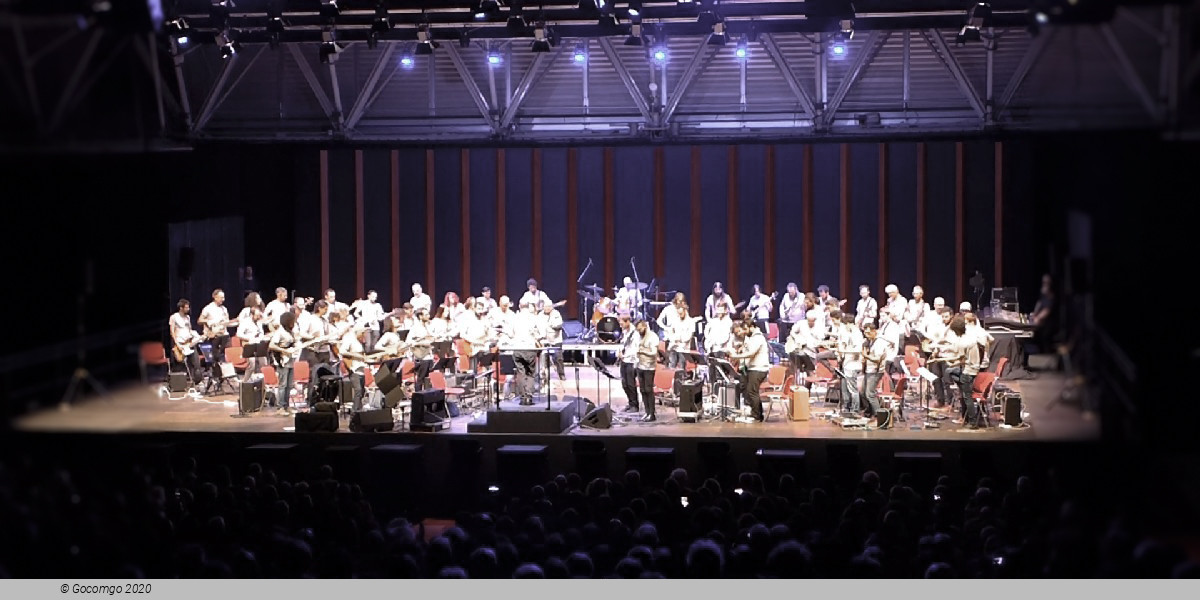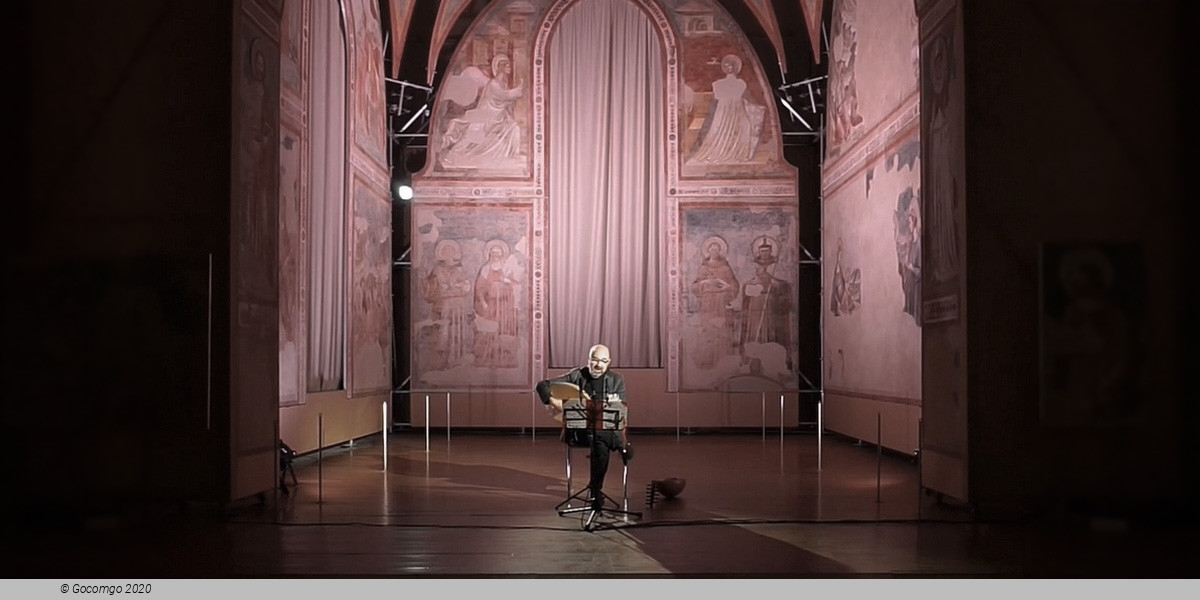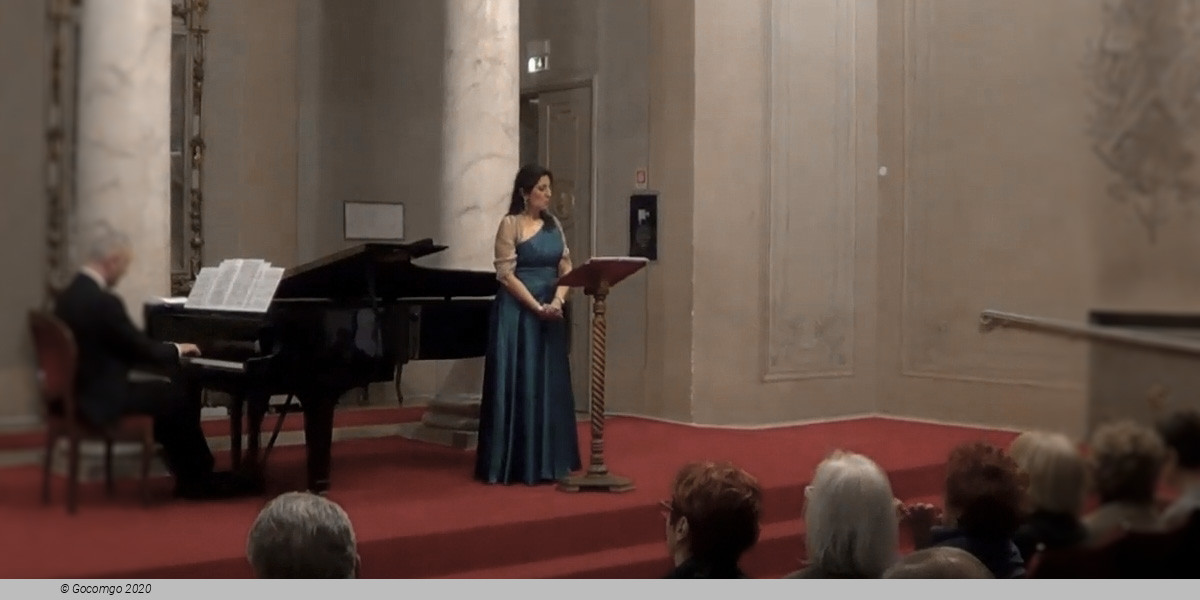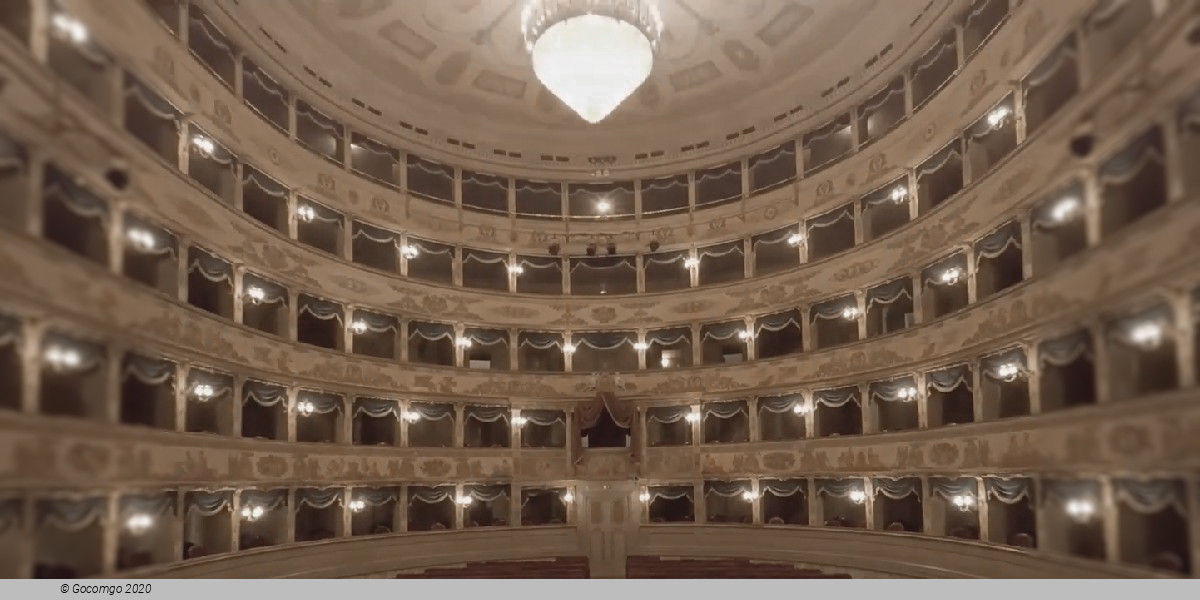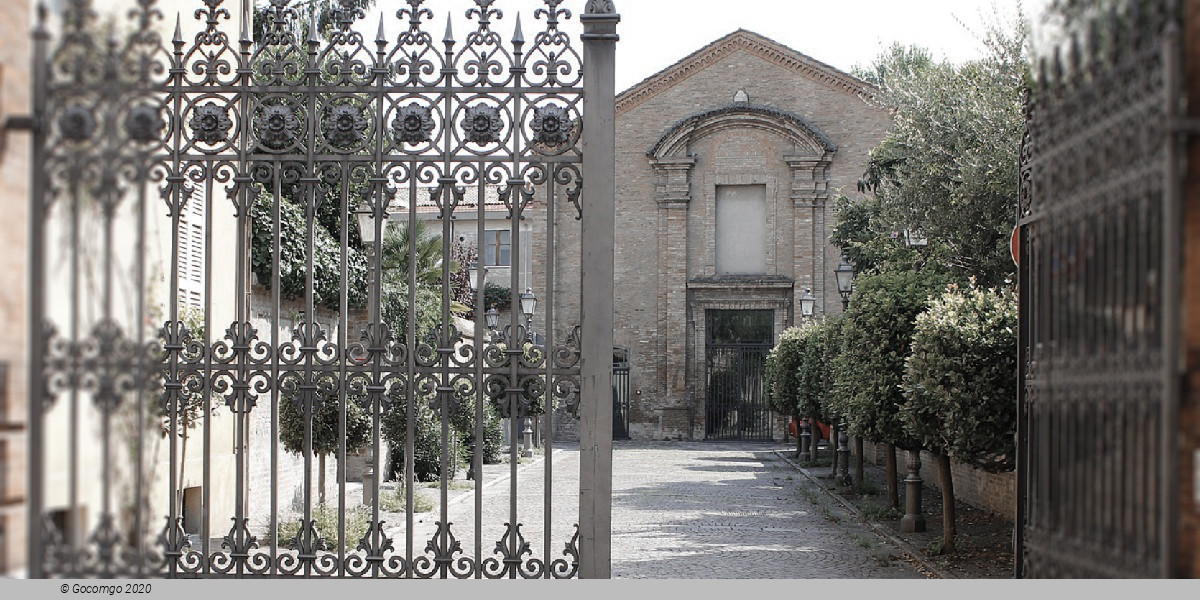Venues in Ravenna
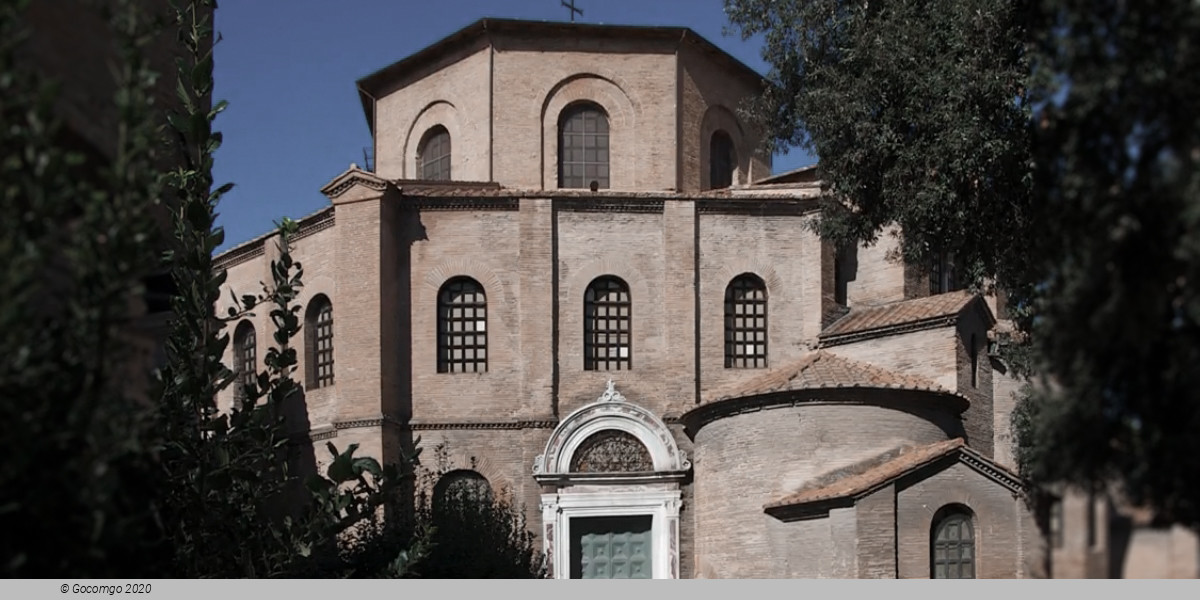
Ravenna is the capital city of the Province of Ravenna, in the Emilia-Romagna region of Northern Italy.
Although it is an inland city, Ravenna is connected to the Adriatic Sea by the Candiano Canal. It is known for its well-preserved late Roman and Byzantine architecture, with eight buildings comprising the UNESCO World Heritage Site "Early Christian Monuments of Ravenna".
The city annually hosts the Ravenna Festival, one of Italy's prominent classical music gatherings. Opera performances are held at the Teatro Alighieri while concerts take place at the Palazzo Mauro de André as well as in the ancient Basilica of San Vitale and Basilica of Sant'Apollinare in Classe. Chicago Symphony Orchestra music director Riccardo Muti, a longtime resident of the city, regularly participates in the festival, which invites orchestras and other performers from around the world.


